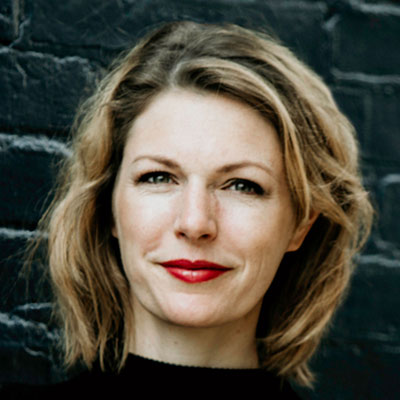For years, artist Steve Coulson wanted to make his own comic. “The problem has always been – I can’t draw,” he says. But in 2022, Coulson published a beautiful comic called Summer Island. The 40-page folk-horror story about a sea god festival features detailed illustrations with a coherent visual style— all created with the help of artificial intelligence.
As AI image generators, such as OpenAI’s popular DALL-E and DALL-E2, become more widespread, some forecast the death of human artforms. But AI could make illustration more accessible, creating more creators and revitalising visual art.
The past year has seen an explosion of machine learning models that generate digital images from natural language prompts. These AI systems use a method called 'diffusion’. This creates random dots and then shapes them into a picture according to the semantic information it receives. Type in a description like “The royal skateboard of England on display among the Crown Jewels at the Tower of London” and the AI system will return multiple images of… approximately that.
The systems aren’t perfect, sometimes returning errors or biased results, but their accuracy and quality are often breathtaking. They also mean that illustrators and others could automate basic prototyping or even generate a final product for many different kinds of illustration tasks. All this raises the question: will we still value human skill and creativity in visual art?
The short answer is yes. Human creativity is different. Machines imitate, remix, and generate art accidentally, not with any human intentionality. Some might quibble and claim that human art is also imitation and remixing, but the process is entirely different.
Human creatives are able to be more deliberate or dynamic with their vision and can go down a path of ideas and exploration differently than an AI system. Even if the AI’s output is similar, society will continue to value human-created art for these reasons - as well as other reasons, like our obsession with ‘authentic’ goods, particularly in the art world.
Additionally, AI-generated pictures need human direction, input, selection, and sometimes editing. Coulson, in creating his comic, says “While I tweaked a few things here and there in Photoshop, what you see here is basically what you get - if you ask it nicely.”
That’s impressive, but the prompts, selection and the ideas are still arguably the most meaningful piece of the work. When cameras were invented, pundits declared that photography would be the death of visual art. Decades later, we recognise that photography is art, and that the camera is more than an automated picture generator - it’s a medium through which people express their creativity.
Illustrators and visual artists will be able to use these AI tools to generate ideas, gather inspiration, and experiment with prototypes that they later edit into a final product. While this won’t kill art, it may mean disruption in content creation industries. Hiring an artist won’t generate the same volume of images at such speed, so these systems could become a partial or full substitute for illustrators, or photographers, for hire.
Whether for advertising, product design, or birthday cards, wherever volume matters more than artistic quality, corporate interest may not care about retaining or retraining human artists, especially if they are mostly contractors. When Atlantic journalist Charlie Warzel used an AI-generated image to illustrate a story about Infowars host Alex Jones, he suffered a huge backlash on Twitter from creatives.
The fears are justified, and the complaints are unlikely to stem the tide of corporate incentive. But the ideal societal solution isn’t to stop this technology, it’s to support people through the labour disruption that it will cause. When the infamous 19th Century Luddites destroyed industrial machinery, they weren’t actually opposed to technological progress. They were opposed to employers using new technology as an excuse to undermine workers’ rights - a concern that remains very legitimate today. With better political and economic labour support, it would be easier to embrace the disruption brought on by new AI tools, in image generation and elsewhere.
As for future disruptions, more is on the horizon. When Coulson was making his comic, his first draft was an AI-created photo essay in the style of the 1973 movie, The Wicker Man. It’s likely that AI will be able to create actual motion pictures in the near future, making it possible for anyone to become a filmmaker by providing the appropriate text prompts. Film as an artform has gone through a lot of changes, from the camcorder, to editing software, to TikTok. This will be the next frontier, and it’s a big one.
Amidst the turmoil these developments bring to creative industries, the exciting part of this era is that the technology is already creating new artists and allowing broader access to illustration. In that sense, machine-generated imagery could not be farther from replacing human creativity. Like other media before it, AI may provide more opportunities for people to bring their artistic visions to life.
Read more about artificial intelligence:
